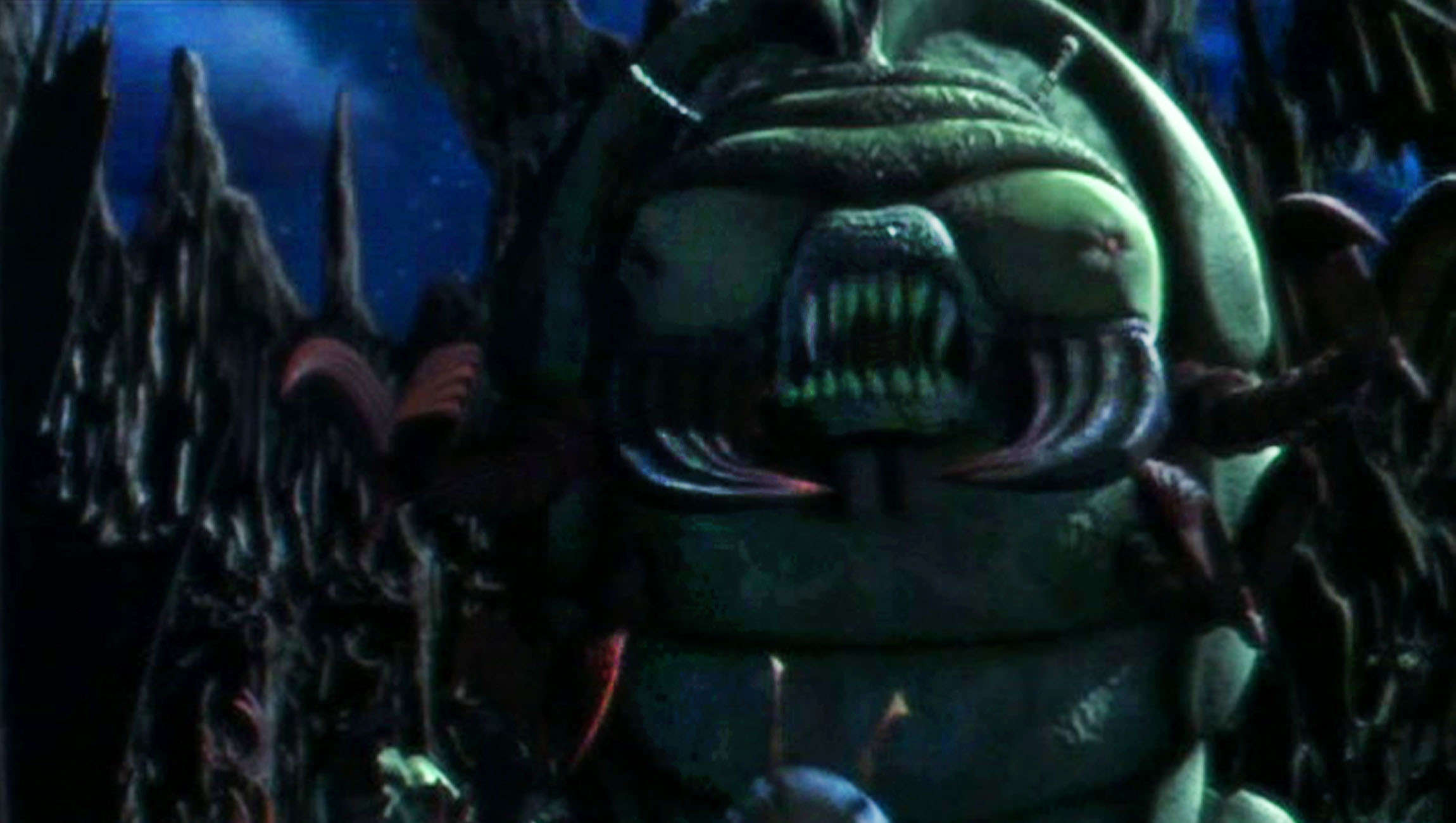Create a free profile to get unlimited access to exclusive videos, sweepstakes, and more!
Ant-Man better watch out, because these termites are the supervillains of the insect world

Sorry, Ant-Man. You’d have an eternal adversary if such a thing as Termite-Man existed.
Termites are threatened by predatory ants, and these ants don’t even have a wasp-morphing human as a sidekick. Some literally strike back at the enemy with their own superpower. The soldier termites of the species Pericapritermes nitobei, which act as the colony’s defenders, have jaws that most enemy ants can’t mess with. It is equipped with a twisted mandible which snaps faster than Ant-Man could zoom to the rescue, setting a new record for the fastest biological movement with its unreal speed and power. Not bad for a bug so easily squashed underfoot.
“The asymmetric mandibles of termites are hypothetically more efficient, rapid, and powerful than the symmetric mandibles of snap-jaw ants or termites,” said a team of Taiwanese scientists who recently published a study in Scientific Reports.
Asymmetric termite mandibles are so formidable because their twisted shape allows them to attack faster using less energy. Just what is this insect capable of? The team performed experiments that involved swinging a metal ball toward an individual termite—a ball the size of its head and (as if that wasn’t enough) heavy enough to match its total body weight. What happened next belongs in a superhero movie. The termites were able to snap the ball back at linear velocities up to 434 feet per second within only 8.68 millionths of a second. Enemies usually don’t stand a chance against this. The termites have a scarily precise strike angle, and are believed to use their antennae for aim. When pitted against some species of predator ants, the termites were able to take down most of them.
An ultrahigh-speed video camera that could capture the action 460,830 frames per second was needed to record them. That shows just how fast P. nitobei can snap and should be a PSA to ants everywhere that their greatest enemy is not to be messed with.
Where most other termites have straight jaws that snap symmetrically, this one’s bizarre mandibles look like something twisted the left one under the right. It looks like an inconvenience rather than an asset. The left mandible is the more twisted upper part that proves to be so deadly because it is the only part of the jaw that stores elastic energy. Think of a coil spring. Elastic potential energy is collected in the spring as it is deformed by being forced downward. The more force is pushed upon it, the faster the spring will release when that force is removed. This also applies to P. nitobei, whose head may look sort of dented when the left mandible is pressed down by the right, but unleashes its power when that mandible is released to snap.
“Compared with symmetric mandibles, asymmetric mandibles require less energy to achieve super-rapid movement,” the team said.
When the termites were unleashed against predator ants in a petri dish, their performance was evaluated by the number of snaps, hits and ant casualties. Those jaws are thought to have evolved as a special defense against ants. They were almost unmatched when it came to going up against worker ants of predatory species. These ants were only first to attack 8.6 to 17.1% of the time. Just one snap was enough to do away with them. Though soldier ants were tougher competition, daring to attack 23.1 to 34% of the time, there were some species the termites prevailed at with success rates up to 83%. Other ant species, basically elite villain squads of specialist termite predators, were more aggressive and often won the fight. Ponerine ants were so fierce that even the lethal snap of a termite couldn't finish any of them.
There is still no doubt P. nitobei is a termite to be reckoned with. Maybe the hypothetical Termite-Man really should crawl into Ant-Man’s universe.


























